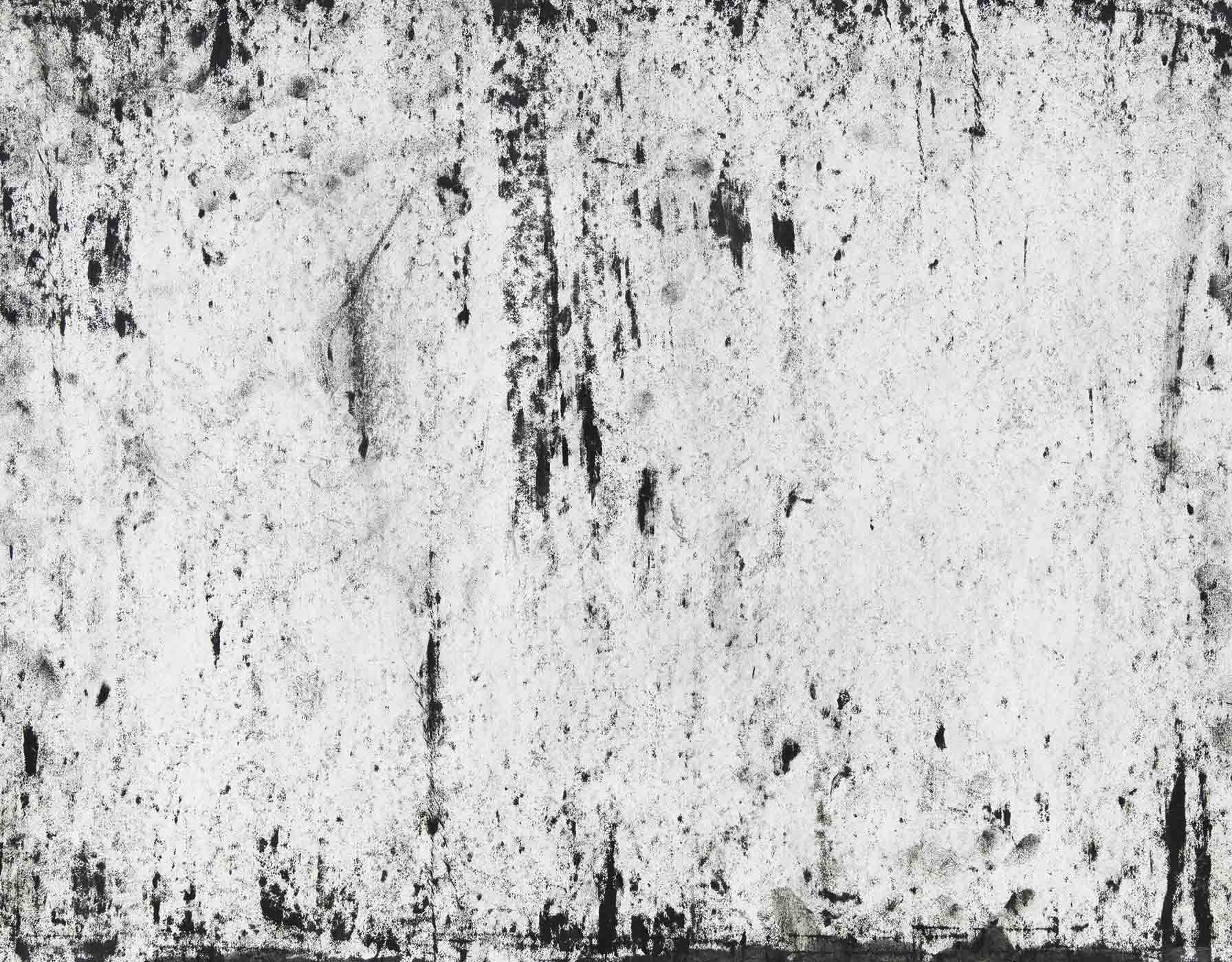Richard Serra

In drawing as in sculpture, Richard Serra has demonstrated an ability to go beyond what has been taught or learned. The artist subjects the medium to new techniques, formats, and materials, turning it into an autonomous language that no longer serves merely as a support for other practices.
In his Ramble Drawings, a series begun in 2015, the artist ventures over the hand-made Japanese paper and leaves traces that betray his progress. By contrast with his best-known production, Serra applies a moderate scale in these works, but still endows them with a certain monumentality by arranging 33 of the smallest Ramble Drawings in a grid formed by three rows of eleven. He thus obliges us to contrast them, studying the effects produced by each stroke or action, and concentrating on the creative process.
Serra follows two differentiated methods in applying the lithographic crayon. One is the transfer, and the other the direct mark on the paper. In the first case, the amount of pressure produces a greater or lesser degree of transfer, and
as a result, what looks in some works like a light mist becomes a dark smear
in others. On the other hand, direct intervention on the paper allows closer control of the amount of grease used, influencing the final result. The black of the pencil and the powder of the pastel are so finely nuanced as to make the contemplation of each Ramble Drawing a fascinating experience. Moreover, when we stand before several of them at once, we can indulge in a comparative exercise that goes further than simple aesthetic pleasure to take in other mechanisms of understanding.
